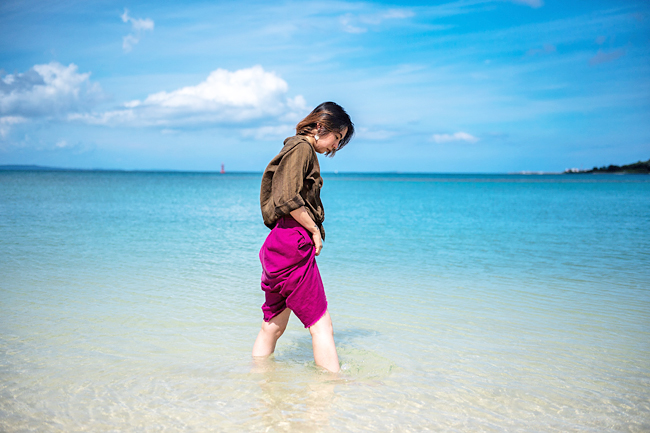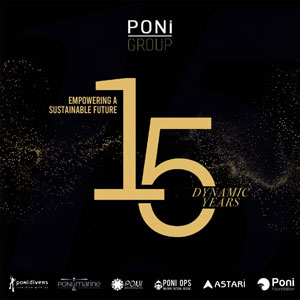BIRATORI/NAHA, JAPAN (AFP) – In a forest in northern Japan’s Hokkaido, Atsushi Monbetsu kneels on the moss in the thick morning fog and begins to pray in a language that has nearly disappeared.
“Kamuy,” he begins, addressing the deities of the Ainu Indigenous people, as he starts a small fire with birch bark.
“An Ainu man is now entering your forest, wishing to hunt deer,” he says. Soon after, he spots an animal, makes a clean kill and offers prayers for its soul.
Monbetsu belongs to the Ainu Indigenous group that traditionally lived in what is now northern Japan, as well as in territory now part of Russia.
Growing up, the stigma of his ethnic origins was so great that his mother banned him from using the word Ainu.
But, like a growing number of younger people from Indigenous communities in Japan, Monbetsu, 40, has reclaimed his identity and some of the traditional practices he considers his birthright.
For centuries, Ainu traded with Japanese from the mainland, known to them as Wajin. But in 1869, Japan’s imperial government annexed Ainu lands and banned “barbarian” practices like facial tattoos for the community’s women.

Ainu were forced to abandon traditional hunting practices, speak Japanese and take Japanese names. Japan did not legally recognise them as Indigenous people until 2019, and forced assimilation left deep scars.
“I still hate the way I look sometimes, so clearly Ainu,” said Monbetsu, who wears the full beard that was traditionally favoured by Ainu men.
Despite his mother’s fears, Monbetsu’s father took him to local Ainu gatherings where he learned dances and other customs.
As an adult, he embraced traditions like hunting, and praying to the “kamuy” deities that Ainu believe occupy everything, from trees to tools.
“When you live only with what you hunt in nature, you become humble, you feel you are alive thanks to kamuy,” Monbetsu said.
Tomoya Okamoto hid his Ainu heritage as a child, fearing he would be “mocked”.
“I wouldn’t tell my friends because nothing good would come of it,” the 25-year-old said.
Over time, though, his feelings changed, spurred in part by the popular manga series Golden Kamuy, which highlighted Ainu culture.
He sees “nature-friendly” Ainu traditions as aligned with modern environmental concerns and is now a traditional sculptor who feels “glad to be Ainu”.
“I can make it my work to protect Ainu culture,” he told AFP, speaking with reverence about Shitaehori, a 19th-Century Ainu artist whose work he recreates.
“I make replicas because they are cool,” he said, displaying a wooden scabbard with delicate flower carvings.
The last survey of Ainu in Hokkaido, in 2017, put the population at around 13,000, but intermarriage and a reluctance by some to reveal their heritage mean the true figure is likely much higher.
Counting Japan’s other main Indigenous people, the Ryukyu, is even more complicated, as the central government does not recognise them.
Most of the 1.5 million residents of Japan’s southern Okinawa islands are believed to have Ryukyu heritage.







